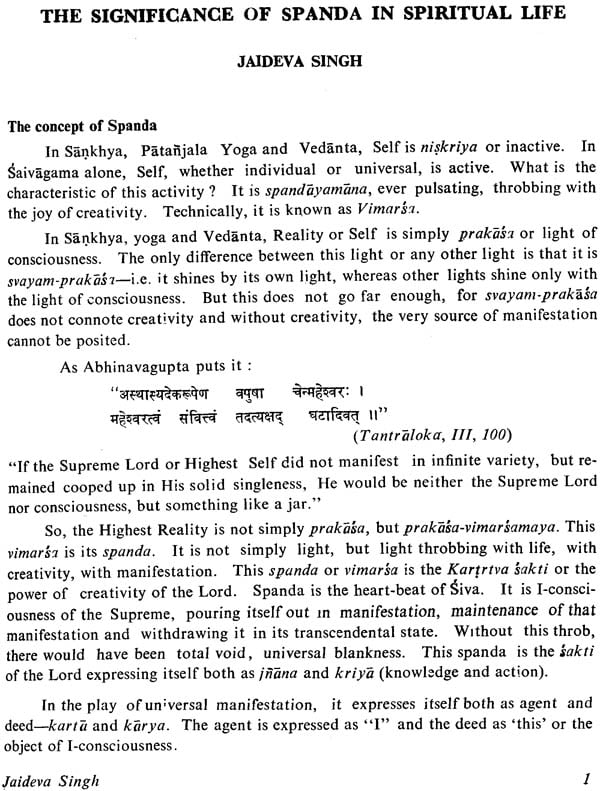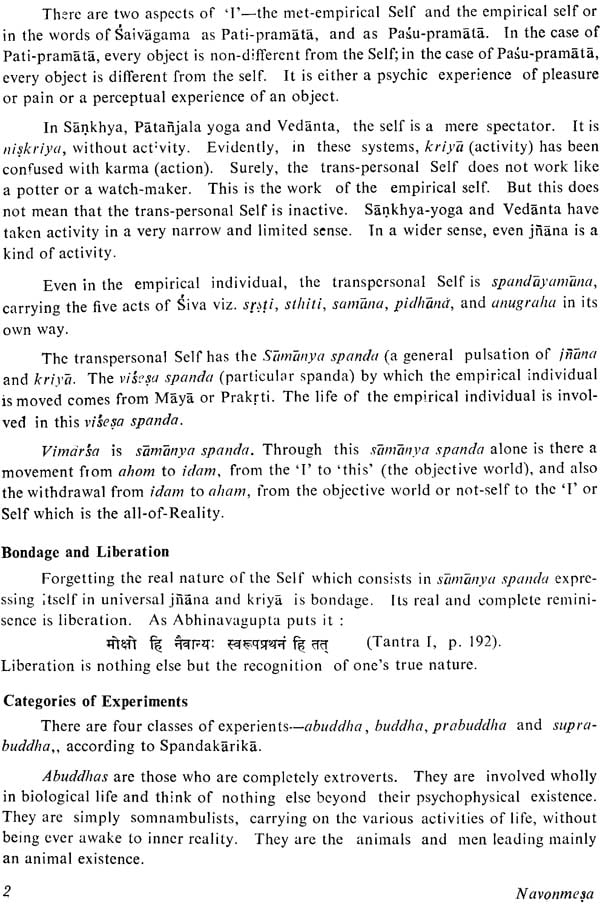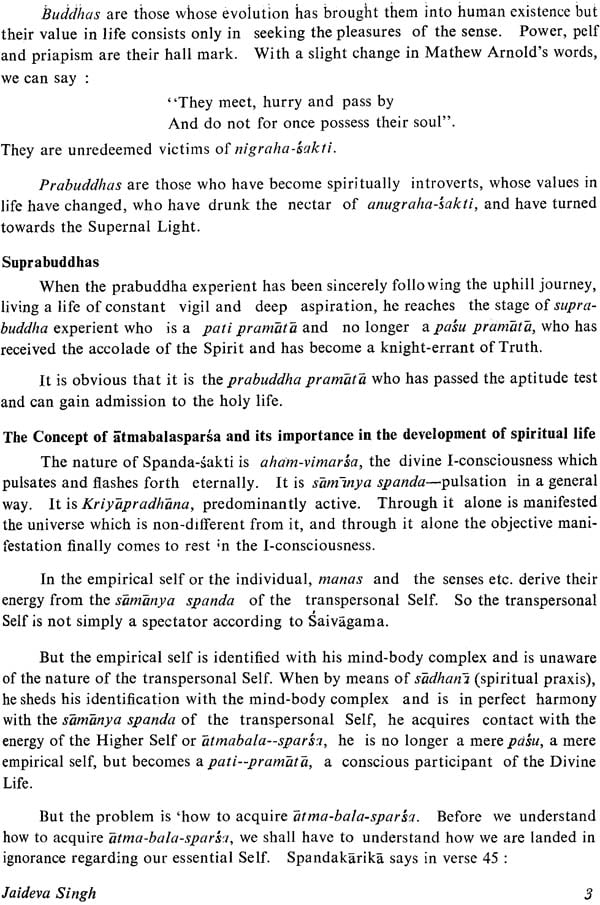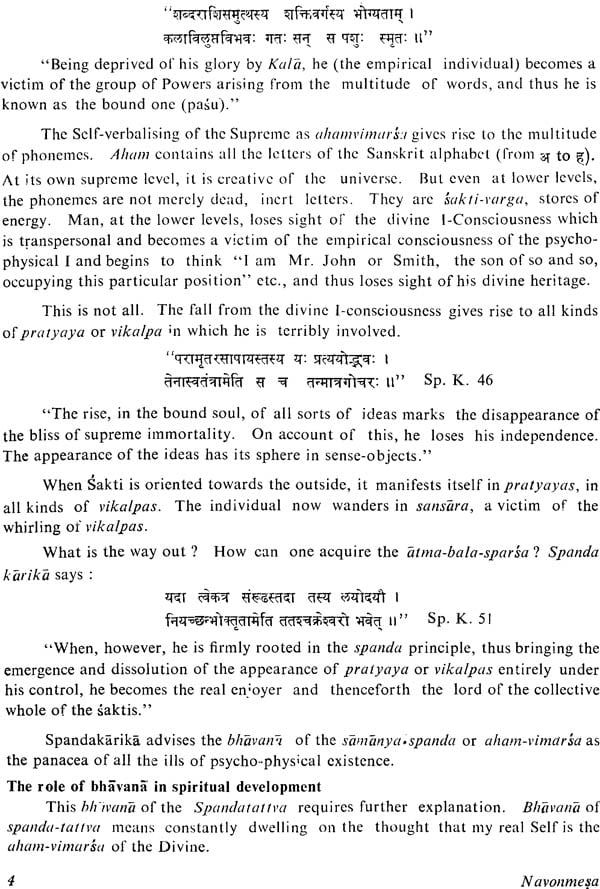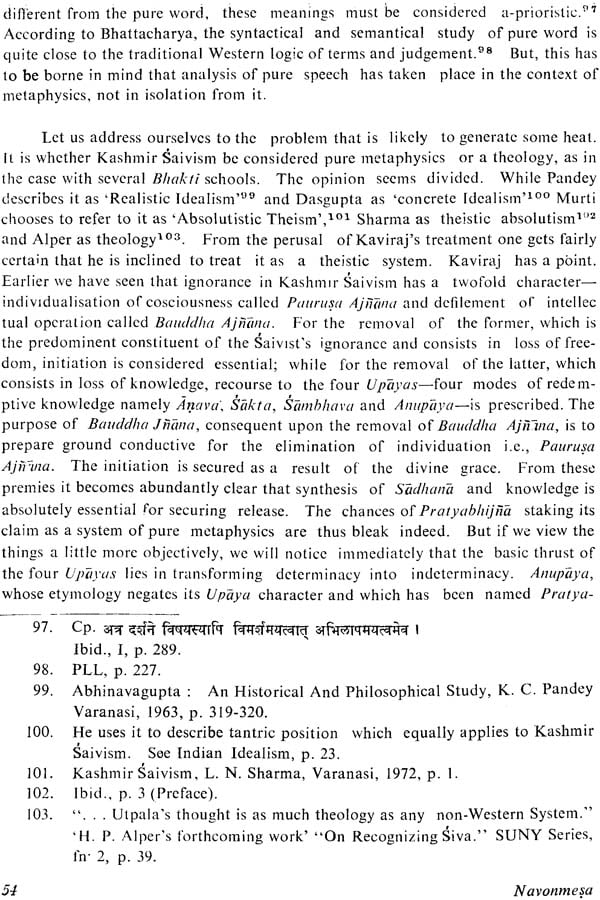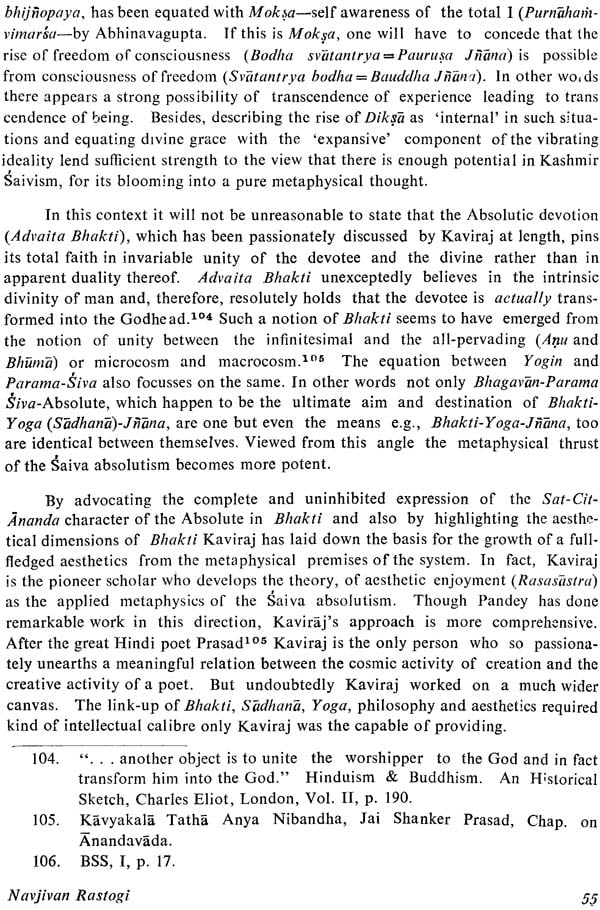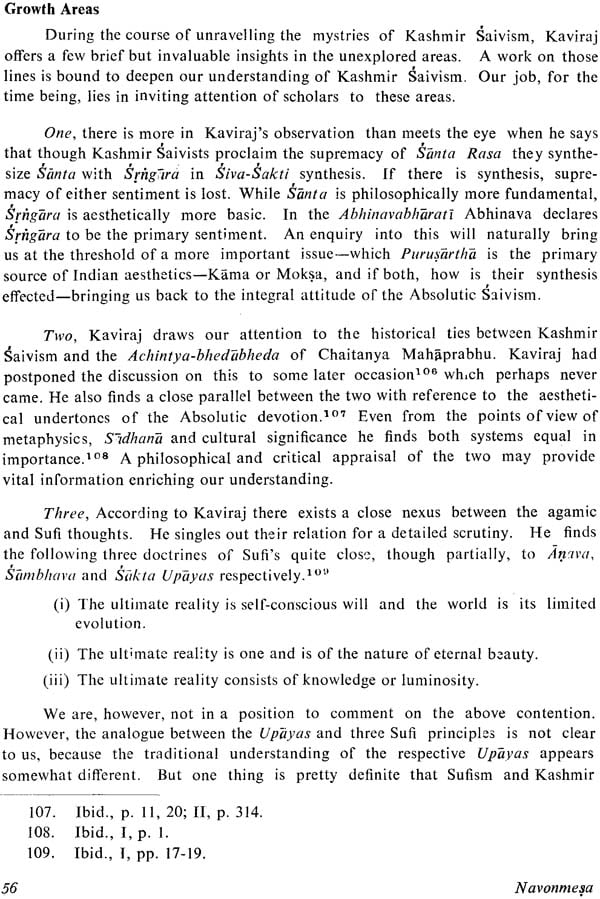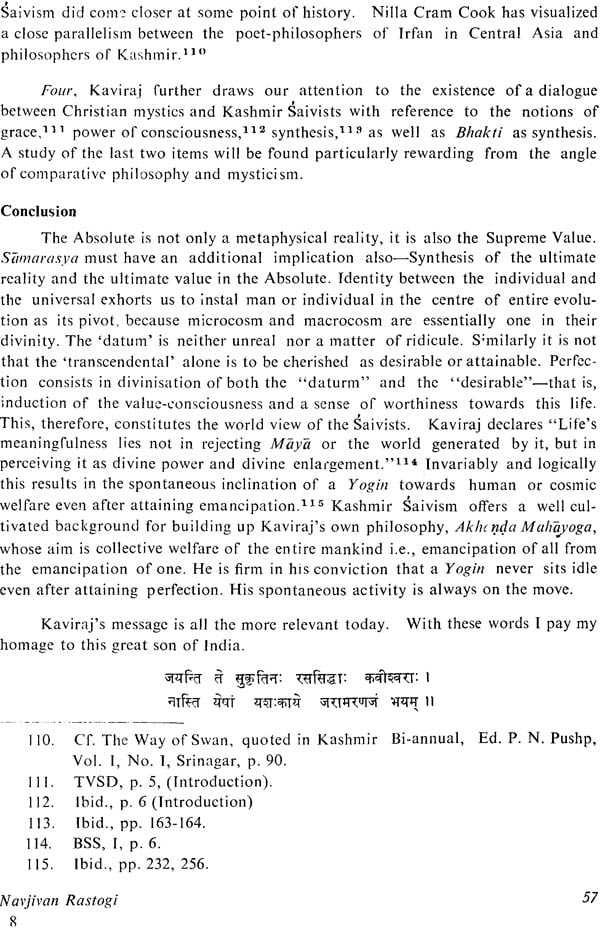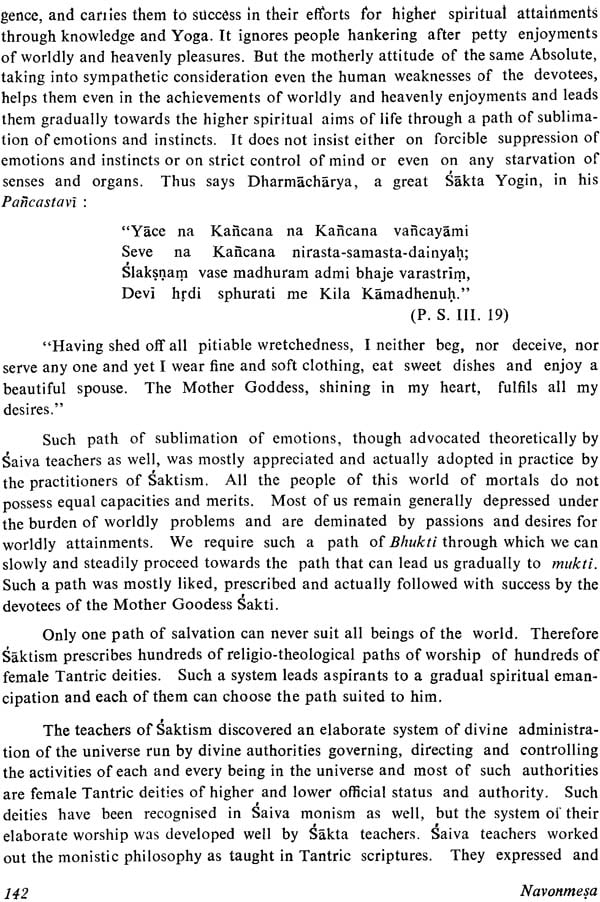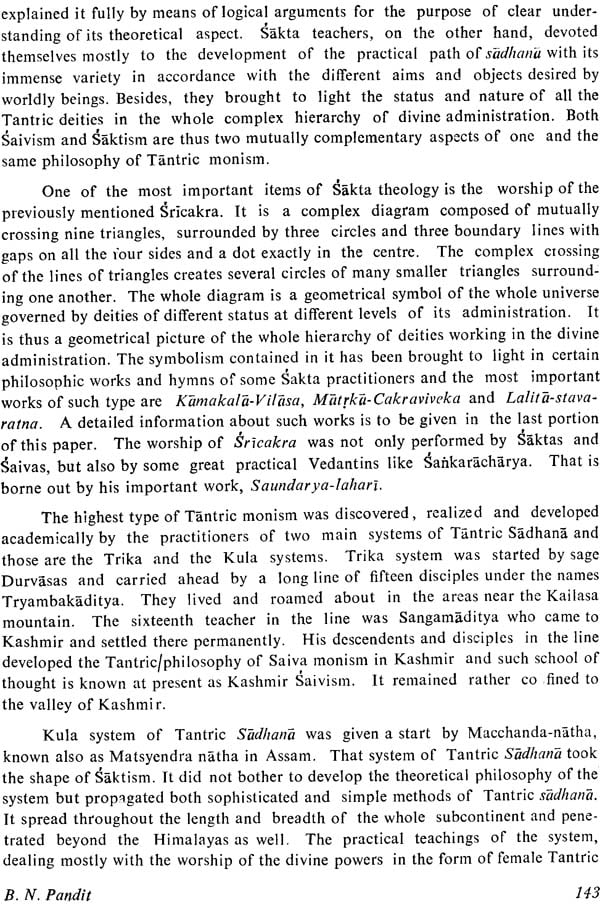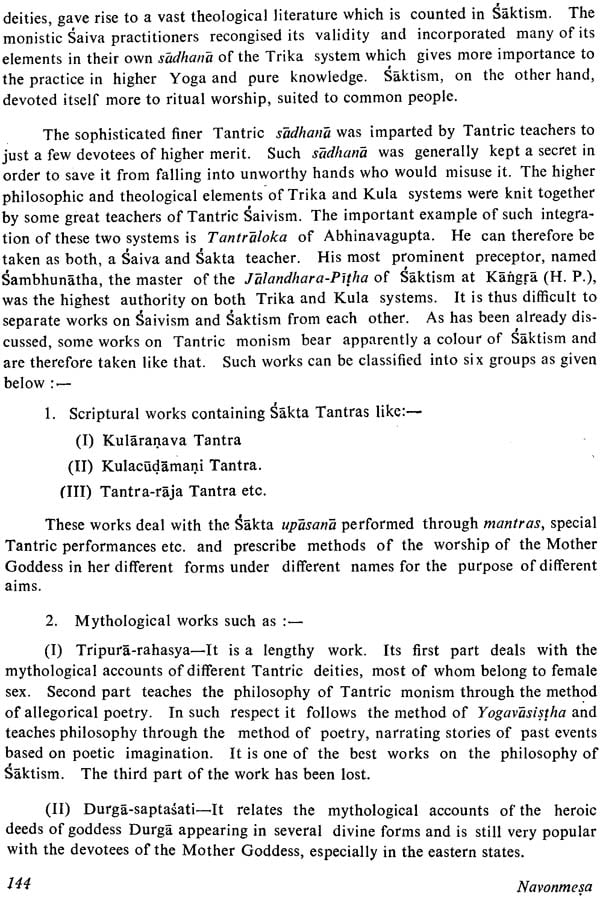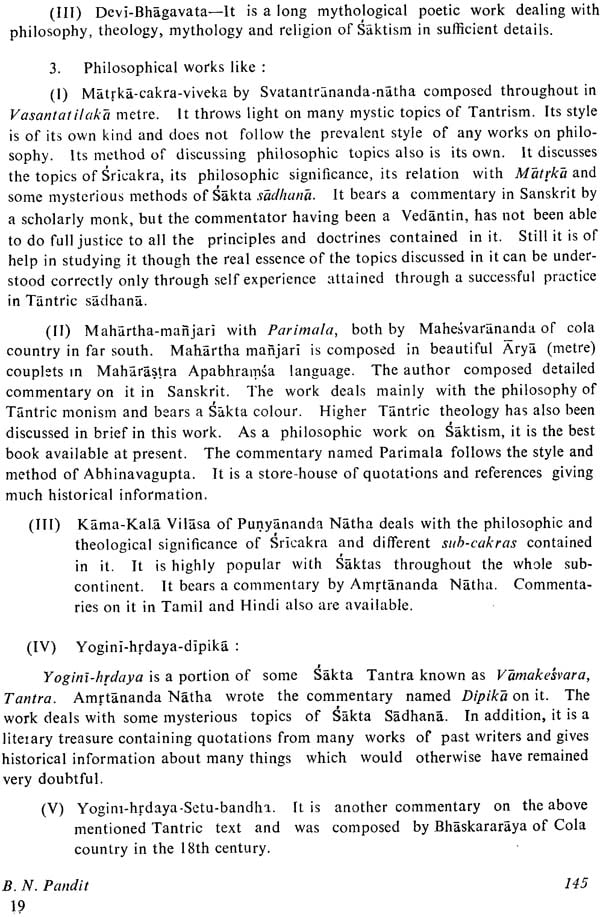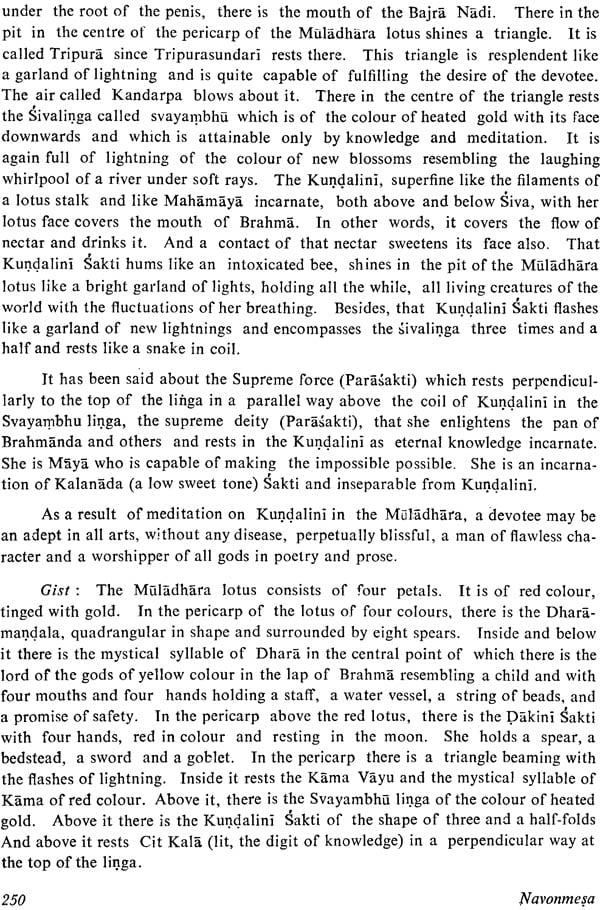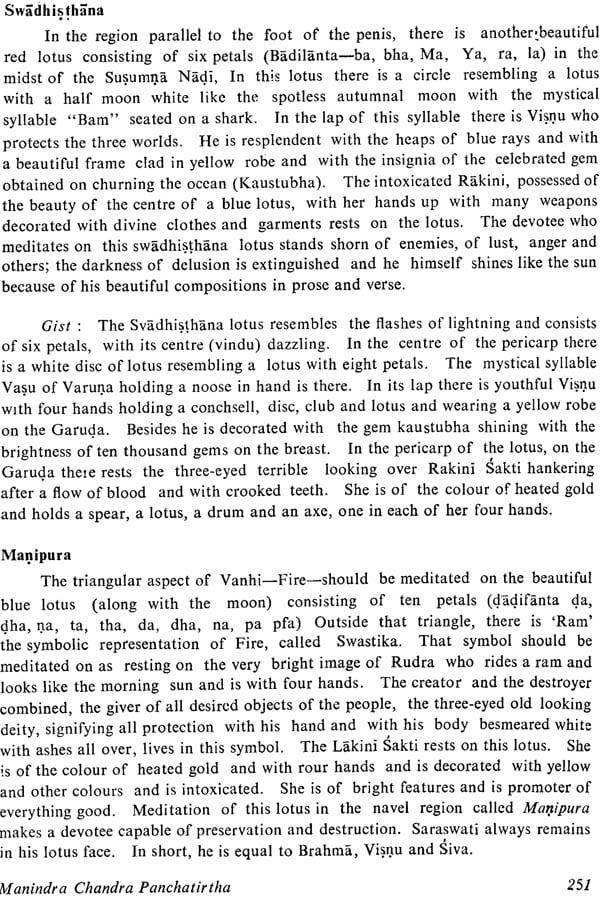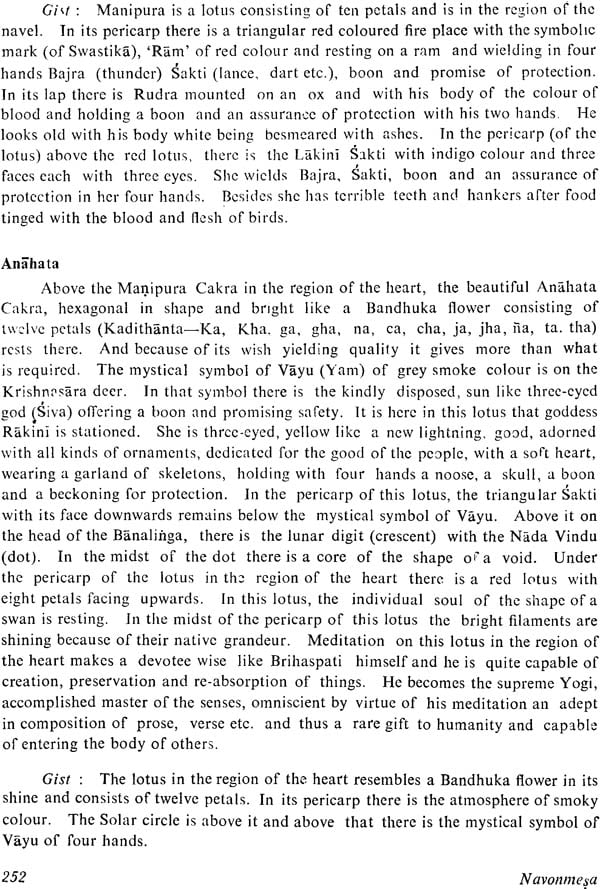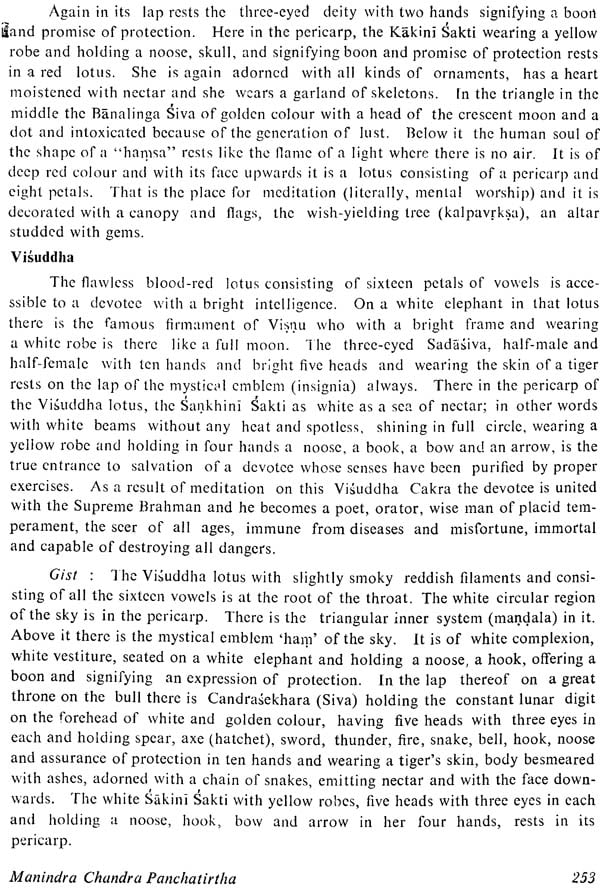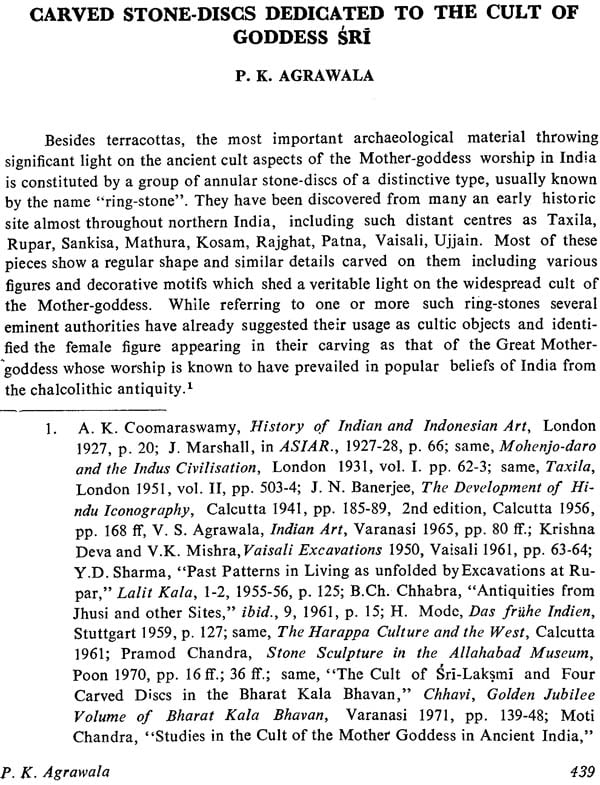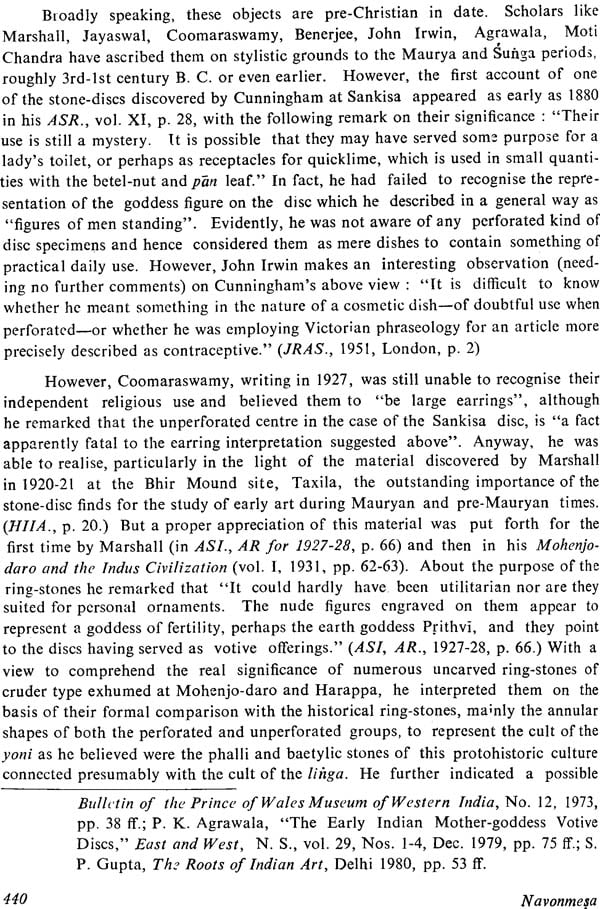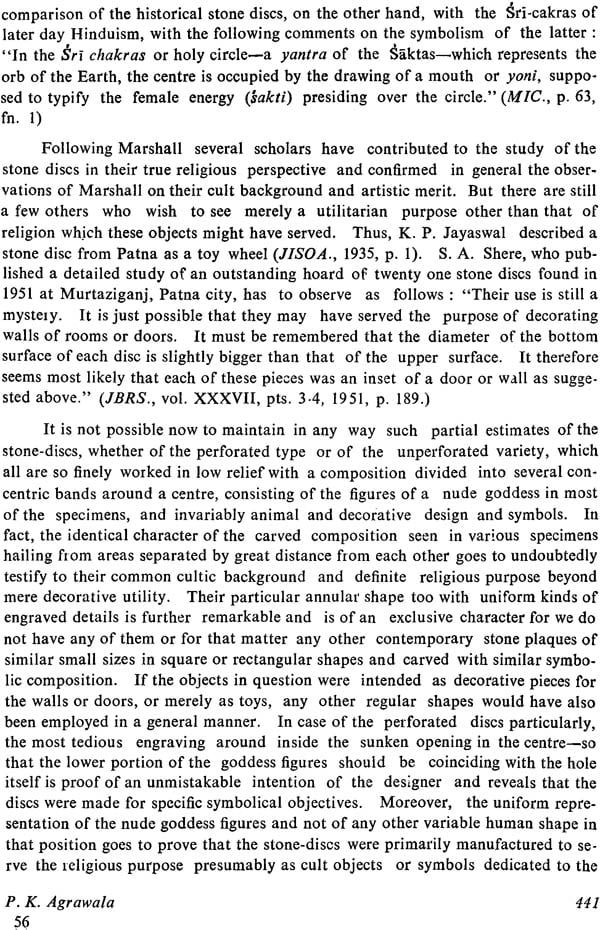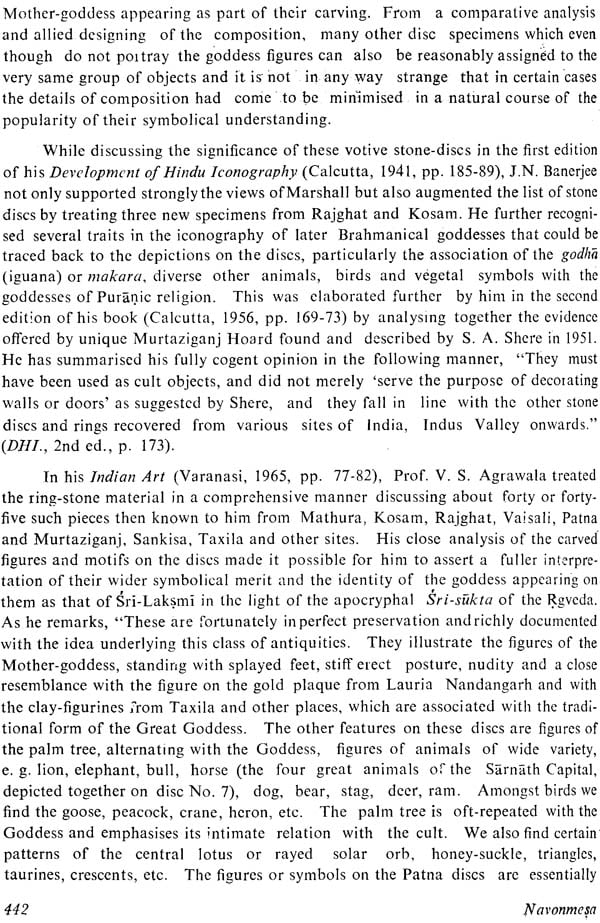
Navonmesa: M.M. Gopinath Kaviraj Smriti Granth (An Old and Rare Book)
Book Specification
| Item Code: | IDF939 |
| Author: | Board of Editors: Padma Bhusan Late Dr. Jaideva Singh, Dr. Govindagopal Mukhopadhyaya & Pd. Hemendra Nath Chakravorty |
| Publisher: | M.M. Gopinath Kaviraj Centenary Celebration Committee, Mata Anandamayee Ashram, Varanasi |
| Language: | English |
| Edition: | 1987 |
| Pages: | 462 |
| Cover: | Hardcover |
| Other Details | 10.0" X 7.5" |
| Weight | 1.10 kg |
Book Description
From the Jacket :
Pandit Gopinath Kaviraj, who has become a legendary figure in the field of Indological studies, was born in a Bengali Brahmin family on 7th September, 1887 in the District of Dhaka, in Bangla Desh.
Being a posthumous child, after having passed through many vicissitudes he passed his B.A. examination from Maharaja's College, Jaipur with academic distinctions. The final phase of his education started at Varanasi in 1910 under the loving care and guidance of Dr. Arthur Venis, the then Principal of Government Sanskrit College and got the M.A. degree in Sanskrit in 1913, standing first in order of merit.
At the instance of Dr. Venis he was soon appointed Librarian of the famous Saraswati Bhavan Library and whole-heartedly started his career of research. From now on for the next 62-years he remained uninterruptedly and deeply engrossed in dissemination of knowledge till he left his body on 12th June 1976 in the holy city of Varanasi itself.
He delved deep into the so far unexplored wealth of learning and got published about seventy-two books which opened for all a new horizon in the field of Indological studies and research. He discovered in most of his studies completely new meanings and shed new light not only on different branches of philosophy, but also on Ancient Indian History, Epigraphy, Kashmir Shaivism, Buddhism, Jainism, Christian mysticism and Sufism as well, which are considered to be the invaluable guide to academic and spiritual research for generations to come.
For 23 years he served the Sanskrit College, Varanasi first as Librarian and subsequently as Principal, till he voluntarily retired in 1937 in order to devote himself fully in his life-long pursuit of spiritual studies and intense sadhana under the guidance of his Guru, the great Yogi Visuddhanandaji of Varanasi.
The Government of India conferred upon him the title of Mahamahopadhyaya in 1934, Coronation Medal in 1937 and the title of 'Padmavibhusana' in 1964. Many an Indian university honoured itself by bestowing upon the great personality various degrees and certificates of honour.
Gifted through divine grace with a prodigious memory and rare prajna, Pt. Gopinath Kaviraj became a name to conjure with. He was indeed a rare combination not only of uncommon erudition but also of singular Yogi experience.
India is celebrating the centenary of one of her greatest sons. He was a great teacher, as the title Mahamahopadhyaya conferred on him by the then British Government testifies. But his real greatness lay in making his teaching flow from the very depth of his soul. His interests were varied. Ancient history, iconography, literature, philosophy and even photography drew his absorbing interest, but in each and every one of the subjects he studied, he never rested content until he could discover the inmost significance, the rahasyam or the supreme secret.
Acarya Gopinath was always in search of something new while going through the old and ancient texts. Whoever had the privilege of sitting at his feet was struck with amazement by the originality of his interpretations of different systems of thought, which are generally taken to be worn out, through exhaustive analysis and commentaries heaped upon them through many centuries. But he used to feel that the whole truth has still not been brought out or revealed and so he encouraged every seeker and scholar to read everything with an open mind all on his own, without being biased or prejudiced by any previous way of thinking.
It is in the fitness of things that this Commemoration Volume, being published to celebrate his centenary, should bear the significant title Navonmesa , or the New Enlightenment, and that renowned scholars from all over the world have readily come forward to shed new light on a wide range of subjects, all of which were very dear to his heart.
Acarya Gopinath would not have lived in vain if even after a century of his birth his name could inspire scholars in all corners of the world to take up studies of the varied streams of Indian thought, which he loved and adored so much, in the true spirit of making it luminous and life-giving.
May this humble offering be laid at his feet in reverential homage and may it be acceptable to that noble savant, if only for the sincerety with which it is being offered. May his noble spirit ever grow new amongst us like the luminous dawn heralding the advent of the day and may he live through eternity.
| 1. | The Significance of Spanda in Spiritual | Jaideva Singh | 1 |
| 2. | The Tantric structure of Akhanda Mahayoga | Arlene Mazak Breuinin | 7 |
| 3. | Gopinath Kaviraj on Kashmir Saivism | Navjivan Rastogi | 30 |
| 4. | Gopinath Kaviraj on the doctrine of Pratibha with special reference to Nyaya Vaisesika | Raghunath Ghosha | 58 |
| 5. | Mm. Gopinath Kaviraj's view on Vedanta, Tantra and Marxism | Bireshwar Ganguly | 66 |
| 6. | The Concept of pure Consciousness in Kashmir Saivism | Devrata Sen Sharma | 73 |
| 7. | Matrka in Kashmir Saivism | Girija Sharma | 78 |
| 8. | The Pratyvigna Concept of Man A contemporary reassessment | Rewati Raman Pandey | 85 |
| 9. | A Comparative study of Lalla-Vakh with the sutra Vasugupta in the light of Kashmir Saivism | Koshelya Walli | 94 |
| 10. | Abhavavada A forgotten Saiva doctrine | M. S. G. Dyczkowski | 107 |
| 11. | On some aspects of Tripurasundari's worship according to Yoginihrdaya: The role of Bhavana | Andr'e Padoux | 120 |
| 12. | Philosophy of Saktism | B.N. Pandit | 129 |
| 13. | Sahktism and Modern physics Prescience or Coincidence? | L. M. Finn | 151 |
| 14. | The Goddess Mahakali and her different forms | A.N. Jani 159 | |
| 15. | Religion and society with a focus on Tantra | Upendra Kumar Das | 171 |
| 16. | Notes on Ayuh | J. Gonda | 182 |
| 17. | The Jaka Dolog Inscription of Krtanagara | Lokesh Chandra | 198 |
| 18. | The Anatman concept in Buddhism | Kamaleswar Bhattacharya | 213 |
| 19. | The Jaina concept of Self | Govindagopal Mukhopadhyaya | 225 |
| 20. | God in Tibeto-Buddhist Sanskrit sources | Kameshwarnath Mishra | 231 |
| 21. | The Concept of self-natures, mainly based on Madhyantavibhaga Sastra of Arya-Maitreya | Prabhakara Mishra | 241 |
| 22. | Sat Cakra Nirupanam Location and determination of six Cakra or Lotuses | Manindra Chandra Panchatirtha | 246 |
| 23. | Tantricism and the Sun-cult in India: A historical perspective | V.C. Srivastava | 261 |
| 24. | The Svarasaptaka of Samagana | G.H. Tarlekar | 276 |
| 25. | Cordophones in the works of Kalidasa | Sushma Kulshreshtha | 282 |
| 26. | Vena A Mystical Hymn of the Atharva Veda | Bettina Baumer | 289 |
| 27. | Gaccha tvam Bharate Varse: An oft-quoted sloka and its implications | T. Goudriaan | 292 |
| 28. | An Old Text of Rama Devotion: The Agastya-Samhita | Hans Bakker | 300 |
| 29. | The Black spot in the Moon, Salt, Seed and the Devayjana | H.W.Bodewitz | 307 |
| 30. | Siva Myth Ardhinarisvara and Tripurantaka | S. S. Janaki | 314 |
| 31. | Krsna Saga in South-East Asia | Upendra Thakur | 321 |
| 32. | The Message of the Upanishads | Karan Singh | 333 |
| 33. | Some thoughts on Culture and Entropy | Pupul Jayakar | 341 |
| 34. | On being a person | Sisir Kumar Ghose | 344 |
| 35. | Detachment | Arabinda Basu | 348 |
| 36. | Spiritual strength of Indian civilization | H. K. Mahtab | 360 |
| 37. | Concept of Dharma and Adharma in Mahabharata | A. N. Bhattachaya | 362 |
| 38. | Mysticism in Indian Philosophy | Sibajiban Bhattacharya | 372 |
| 39. | Ritual of Daily Puja in the Jagannatha Temple of Puri: An analytical appraisal | G. C. Tripathi | 389 |
| 40. | A Comparative view of two Schools of Indian thought with special reference to Kashmir | Jankinath Kaul | 397 |
| 41. | Varsaganya, the Sankhya Teacher | Lallanji Gopal | 402 |
| 42. | The Epical world of Asvaghosa and Kalidasa: A comparative study | Indra Nath Choudhuri | 417 |
| 43. | Means to liberation | Jadunath Sinha | 425 |
| 44. | Akhanda Mahayoga and Supramental Yoga | E. Nilakanta Singh | 434 |
| 45. | Carved Stone-Discs dedicated to the cult of Goddess Sri | P.K. Agrawala | 439 |
